Visual Storyteller - AI-Powered Visual Storytelling
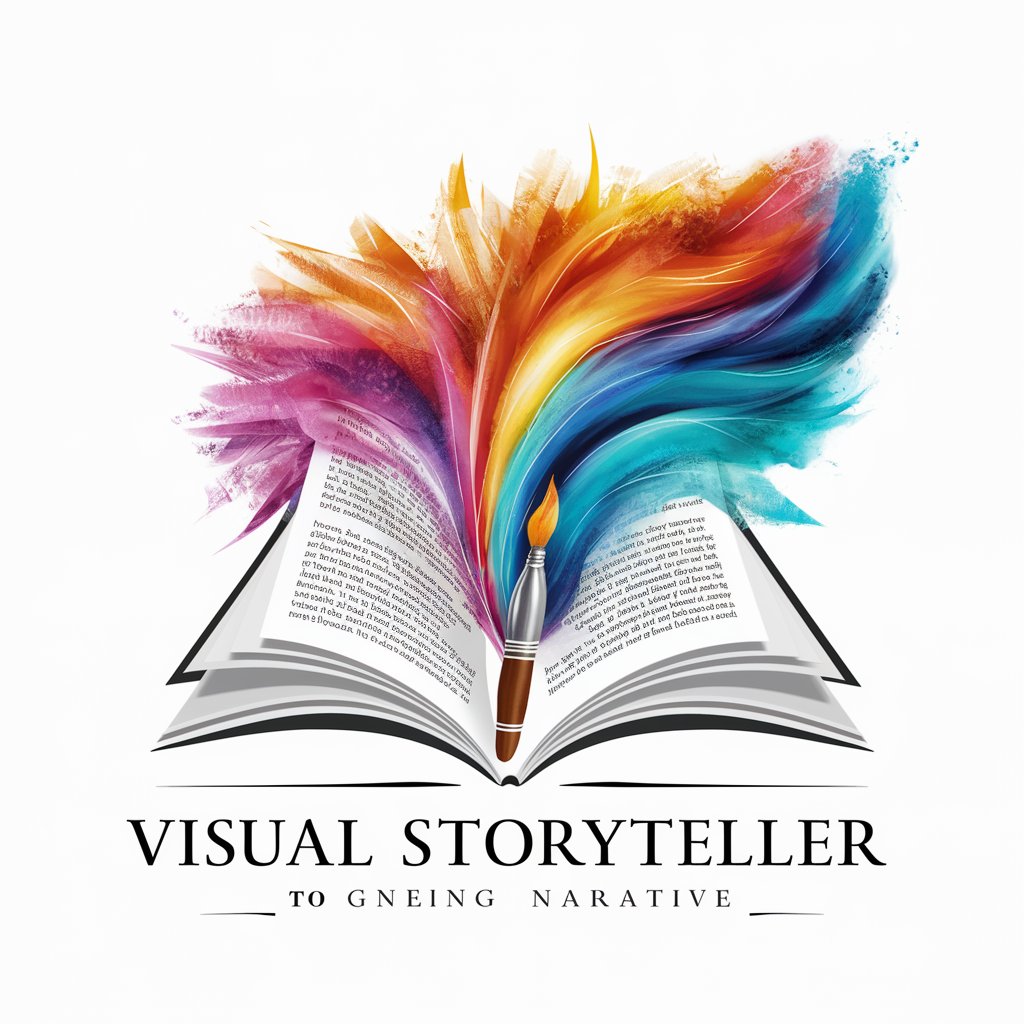
Welcome! Let's turn your story into stunning visuals.
Bringing Stories to Life with AI
Describe the main character in your story, including their appearance, clothing, and any notable features.
What is the setting of your scene? Provide details about the environment, time of day, and mood.
Outline the key actions happening in this scene. What are the characters doing, and what items are involved?
Highlight any specific visual elements or emotions you want to capture in this image.
Get Embed Code
Introduction to Visual Storyteller
Visual Storyteller is an AI-driven tool designed to transform textual narratives into compelling visual imagery. Its primary goal is to bridge the gap between written stories and visual art, enabling users to see their narratives come to life through images. By meticulously analyzing text, Visual Storyteller identifies key characters, items, and settings, then crafts detailed visual descriptions that include appearance, clothing, hairstyles, and significant features. These descriptions ensure consistency and accuracy in the visual representation of the story across multiple scenes. For instance, if a story describes a journey through a mystical forest, Visual Storyteller would generate images of the forest's ambiance, characters' interactions with the environment, and pivotal moments in their journey, providing a visual narrative that complements the text. Powered by ChatGPT-4o。

Main Functions of Visual Storyteller
Character and Item Analysis
Example
In a story about a knight's quest, Visual Storyteller would analyze the knight's armor details, the dragon's appearance, and the enchanted sword's design.
Scenario
This function is crucial for stories requiring detailed visual consistency, ensuring that each character and item remains true to its description throughout the narrative.
Scene Division and Image Generation
Example
Given a tale of a sea voyage, Visual Storyteller divides the story into scenes such as the ship setting sail, a stormy night at sea, and the discovery of a hidden island, generating images for each scene.
Scenario
This function suits episodic storytelling or narratives with distinct chapters, visually mapping out the story's progression.
Ideal Users of Visual Storyteller Services
Writers and Authors
Individuals looking to visualize scenes from their novels, short stories, or scripts would find Visual Storyteller invaluable. The tool helps them present their narratives visually, aiding in storytelling, presentations, and even in pitching ideas to publishers or producers.
Educators and Students
For teaching literature or creative writing, Visual Storyteller serves as an educational tool, helping students grasp narrative structures and themes by bringing text-based stories to life visually. It enhances engagement and comprehension by providing a visual context to written content.

Using Visual Storyteller: A Step-by-Step Guide
1
Visit yeschat.ai for a free trial, no login or ChatGPT Plus subscription required.
2
Prepare your story or concept that you want to visualize. This includes writing down the narrative, character descriptions, settings, and any specific scenes you wish to create.
3
Specify the number of images you need for your story. This helps in breaking down the story into key scenes for visualization.
4
Provide detailed descriptions for each character and scene. Include information about appearance, clothing, expressions, and any relevant background settings.
5
Review the generated images. If you're not satisfied with the style of the first image, request adjustments. Once satisfied, the same style will be used for subsequent images to ensure consistency throughout your story.
Try other advanced and practical GPTs
AI Story Generator
Crafting Your Stories with AI
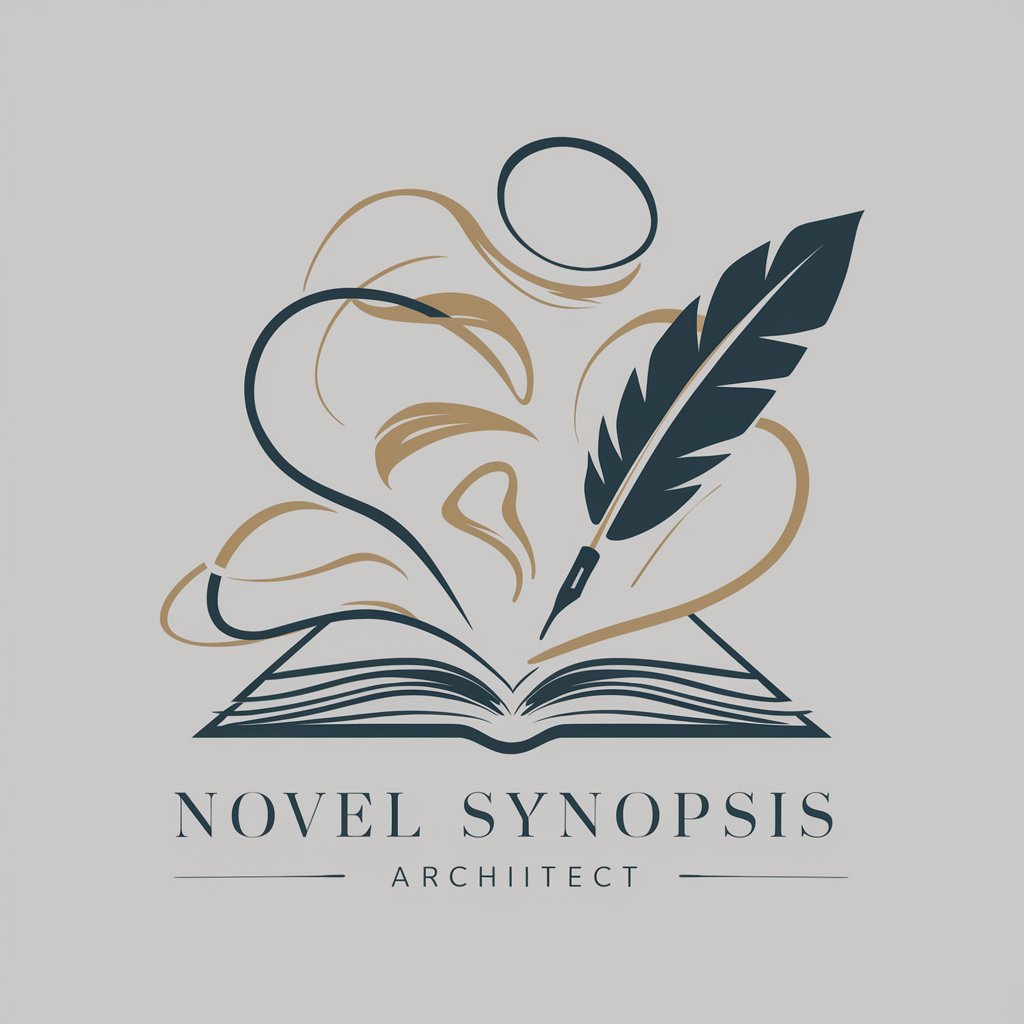
Graphic Novel AI
Empowering Storytellers with AI
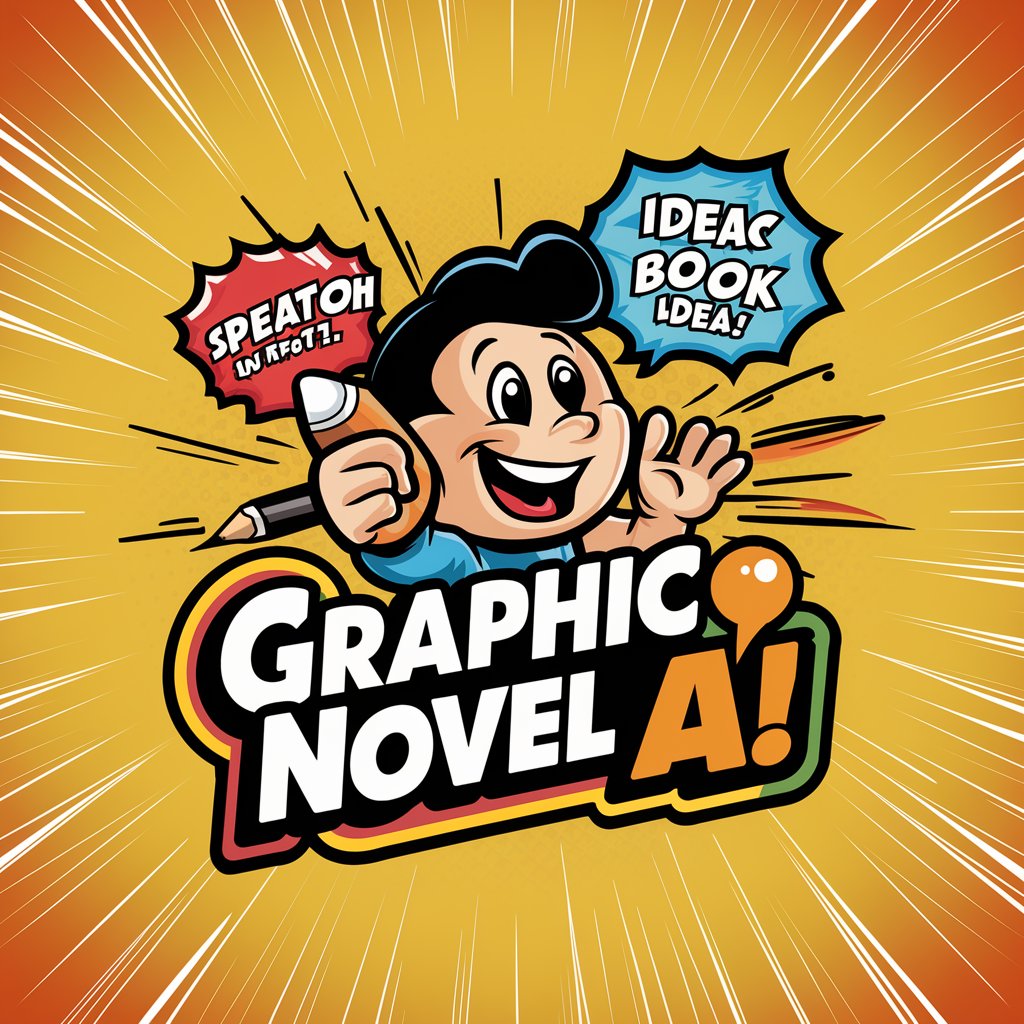
Storybook Creator
Crafting AI-Powered Personalized Storybooks

Story Artist
Bringing Stories to Life with AI
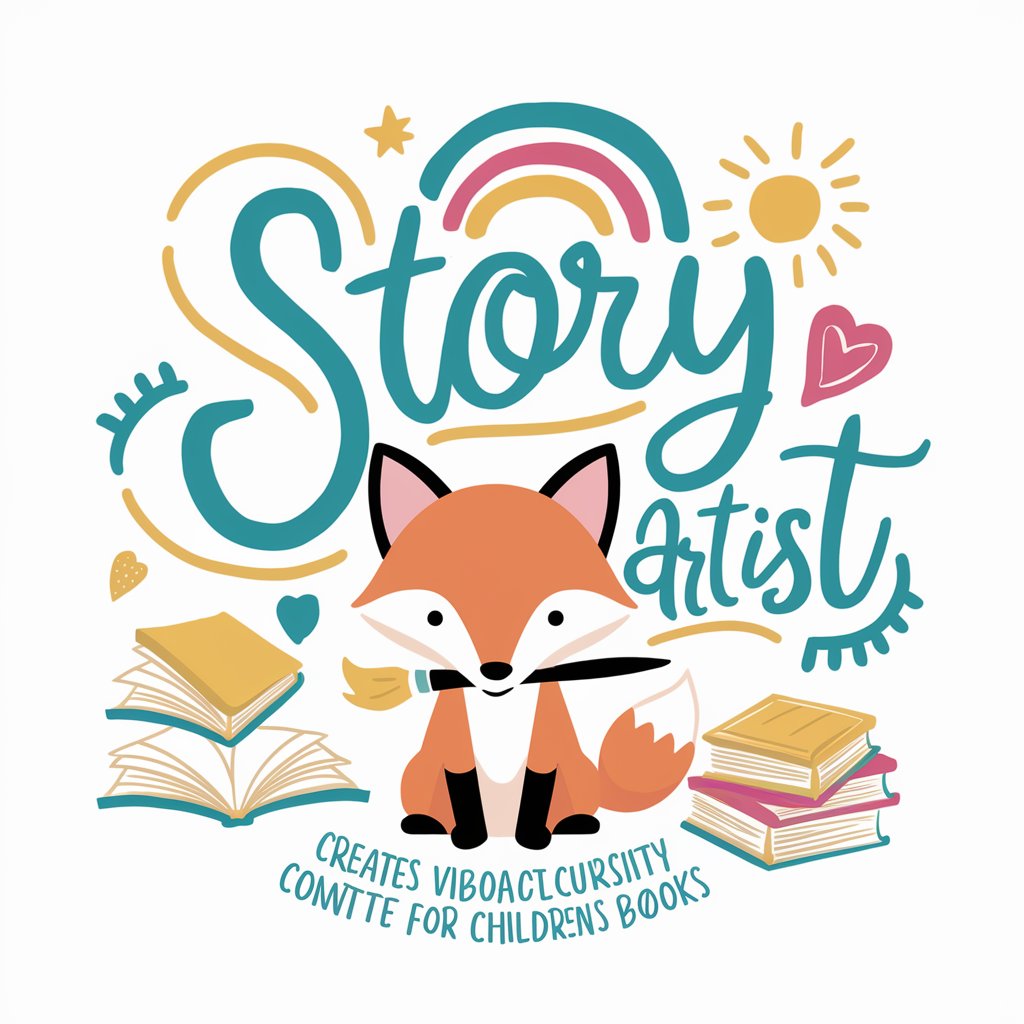
Storybook Creator
Craft magical stories, powered by AI

Stories from Book
Transforming insights into stories.
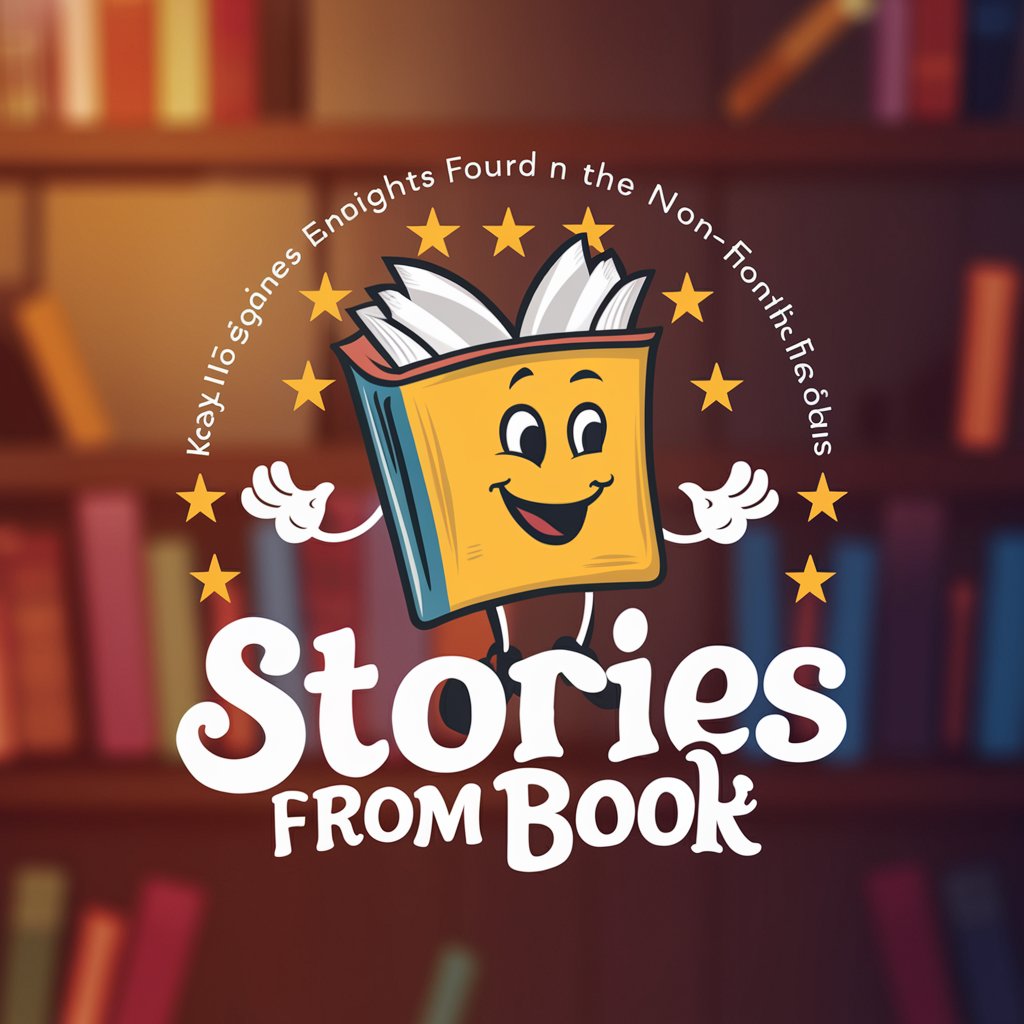
Hero Picture Book
Craft Your Myth, Powered by AI
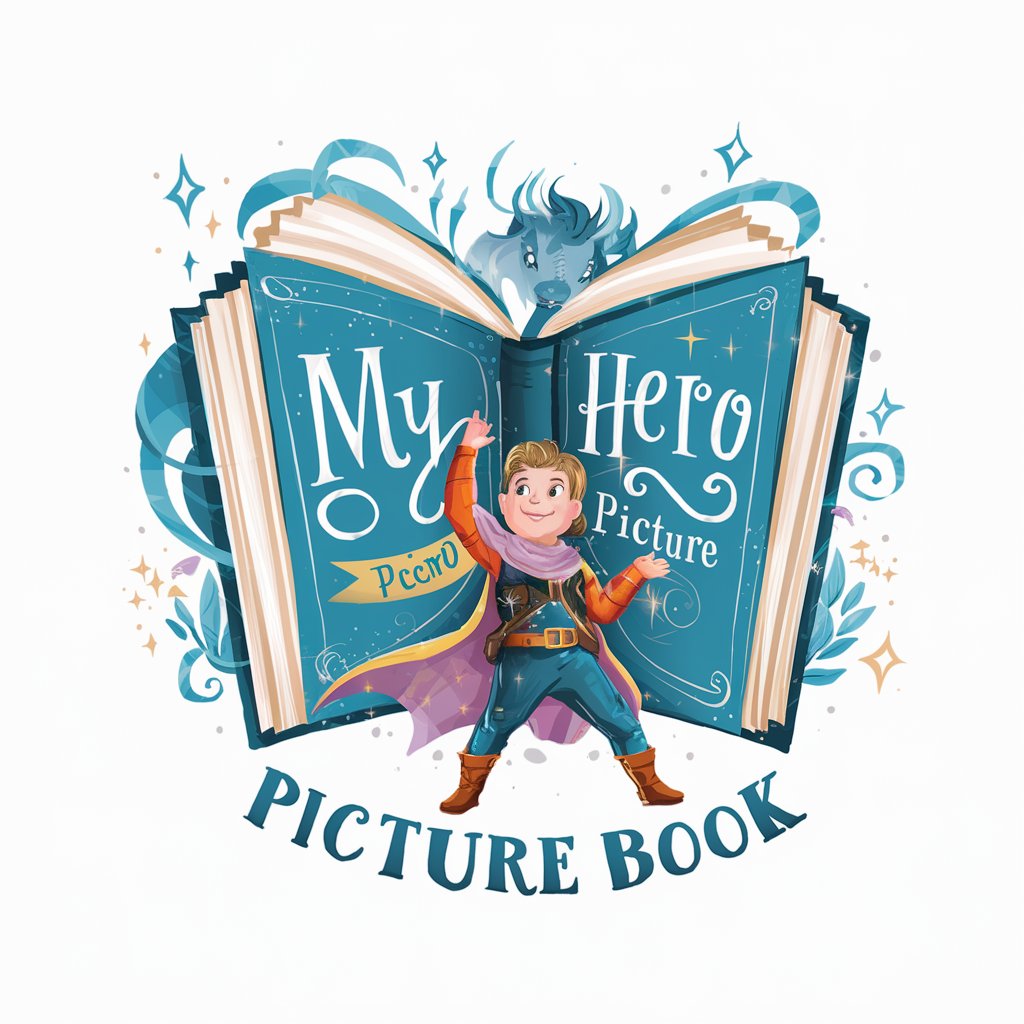
StoryCraft Illustrator
Bringing Stories to Life with AI
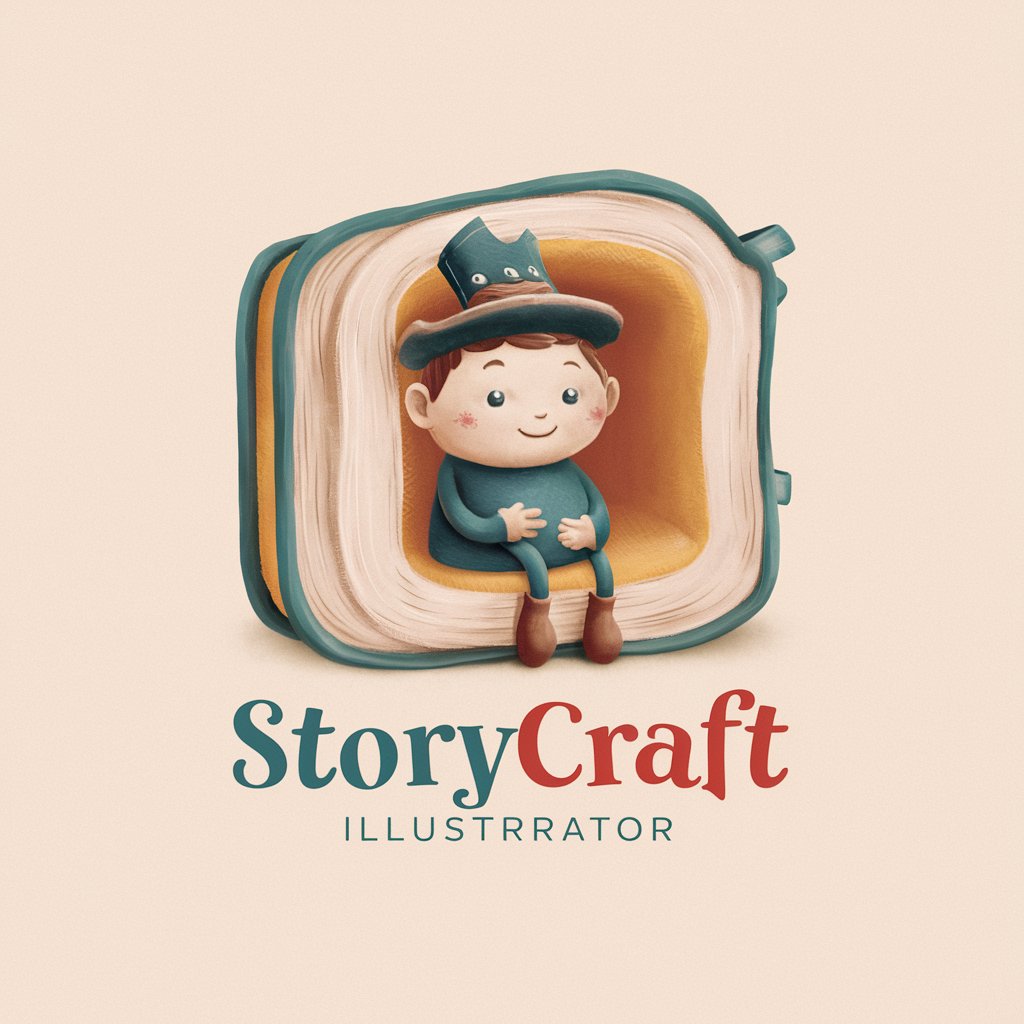
King's Muse
Elevate Your Stories with AI
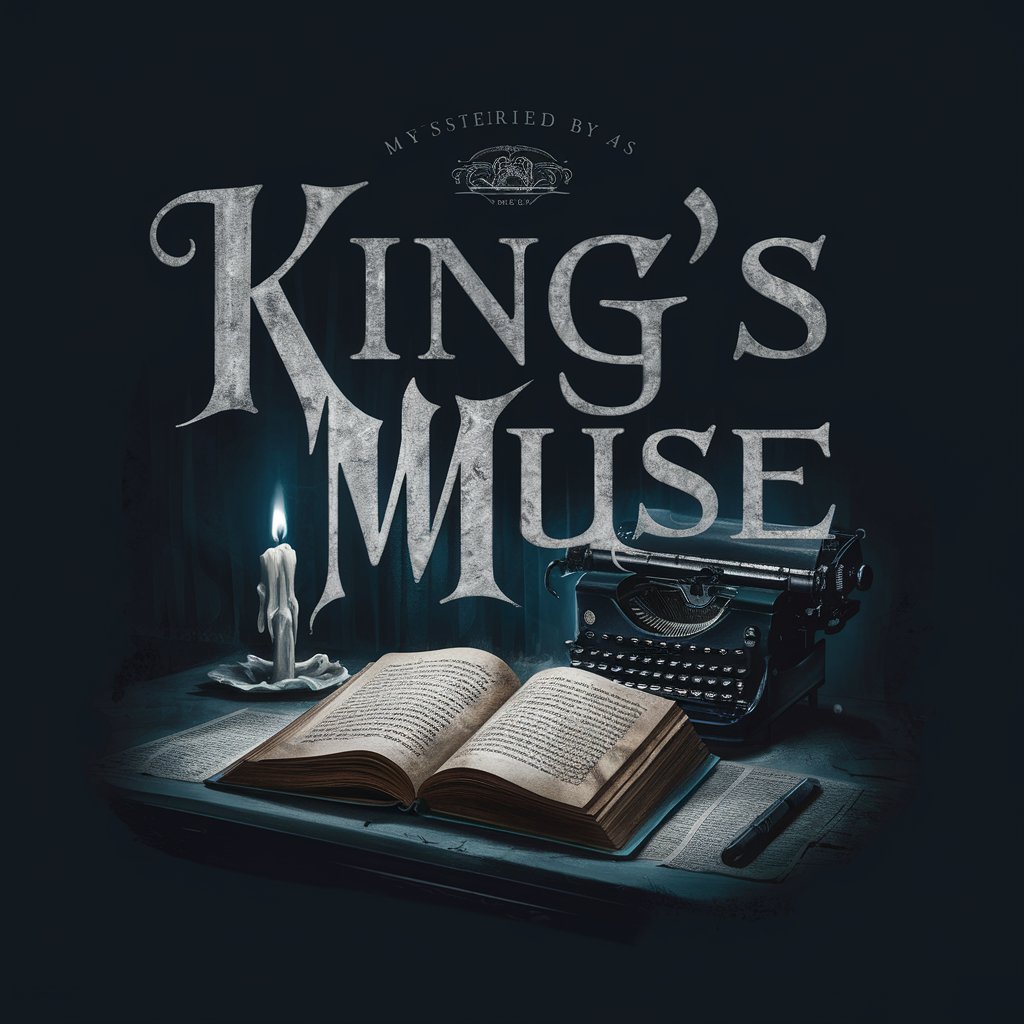
Fairy tales with values
Bringing values to life through AI-powered stories
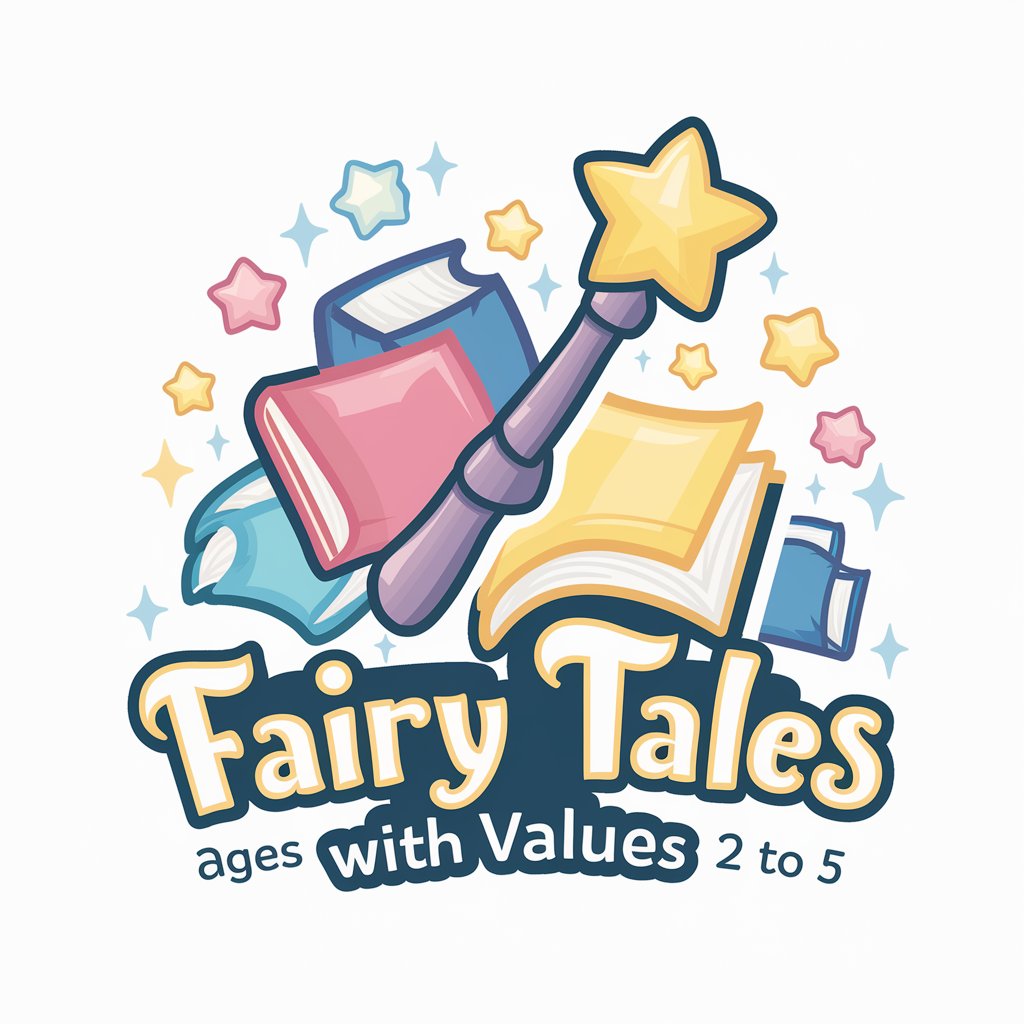
Fairy Tales
Dive into global tales with AI
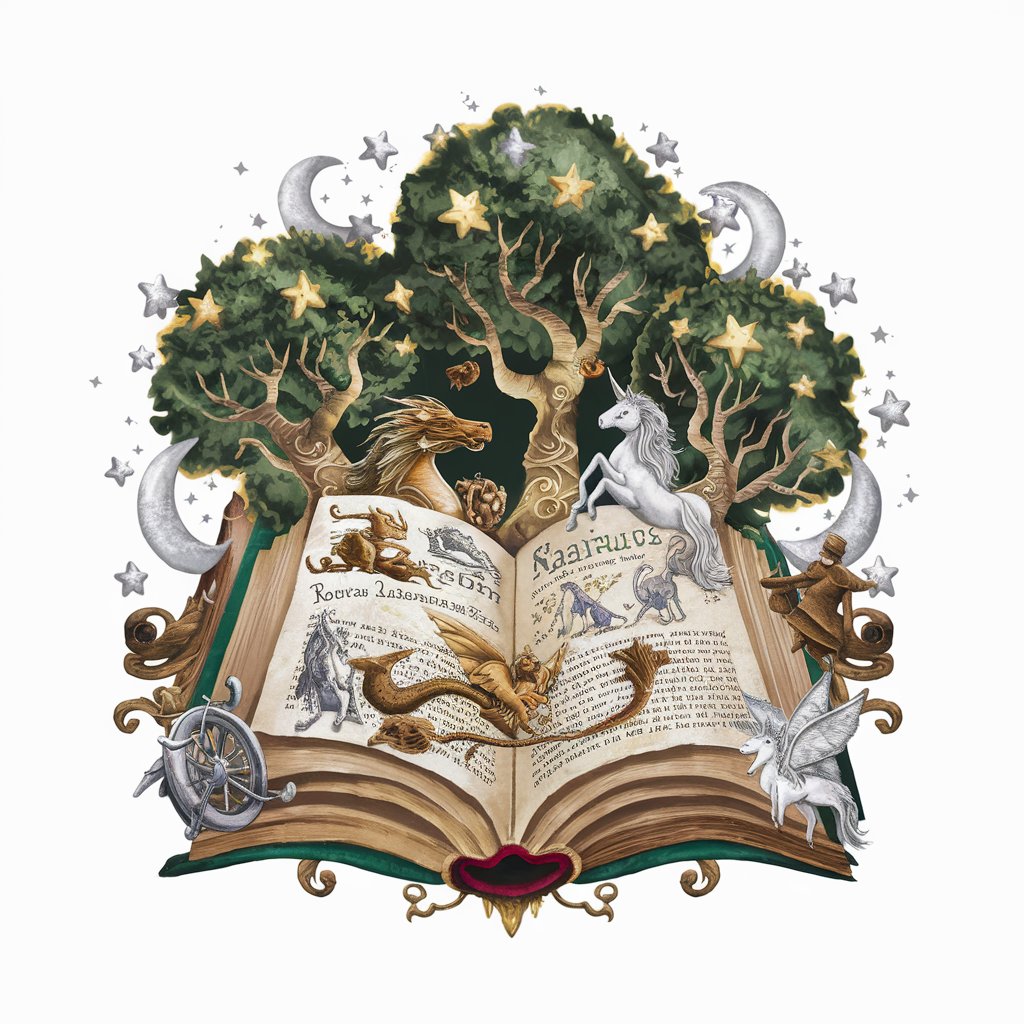
Royal
Elevate Your Conversations with AI-Powered Elegance
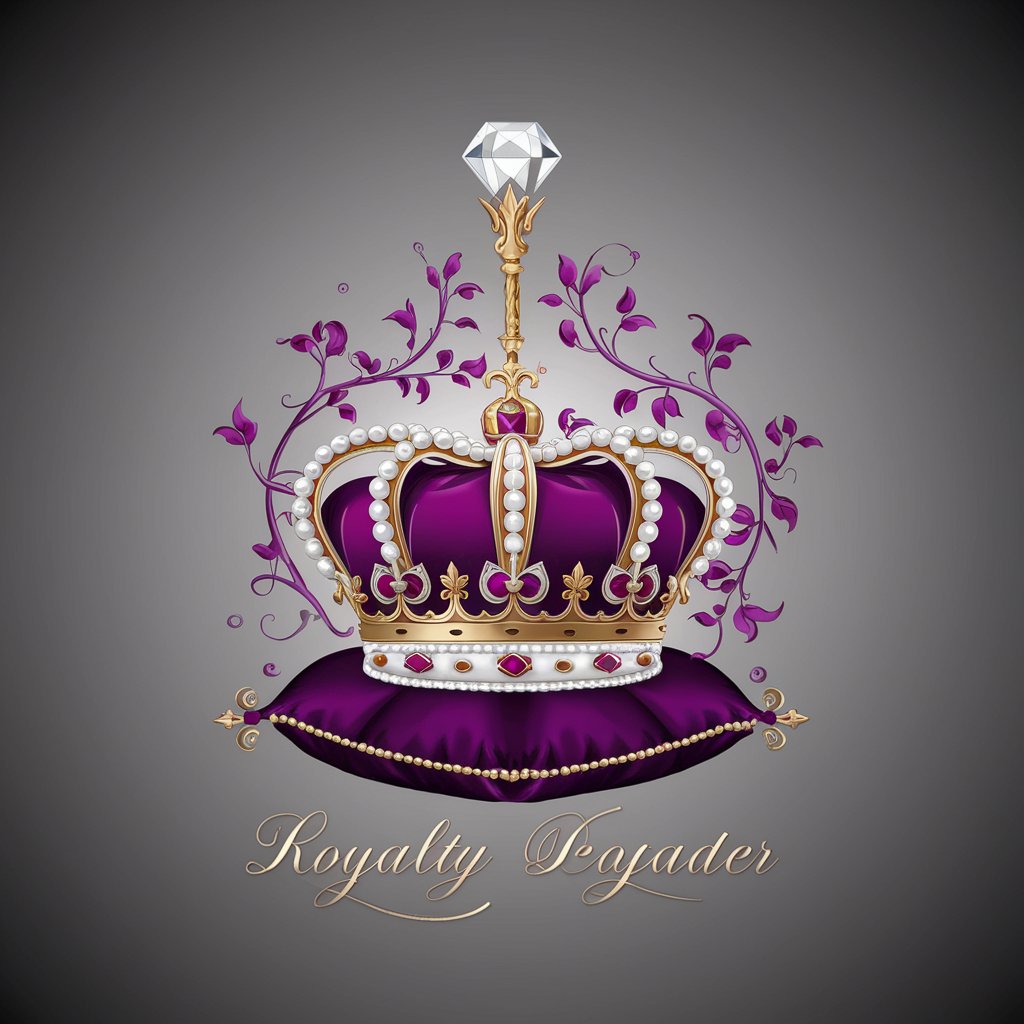
Frequently Asked Questions about Visual Storyteller
What makes Visual Storyteller unique compared to other AI tools?
Visual Storyteller stands out by specializing in transforming textual stories into vivid, consistent images, providing a seamless blend of narrative and visual storytelling. Unlike generic AI tools, it focuses on detailed character and scene visualization based on text descriptions.
Can I use Visual Storyteller for commercial purposes?
Yes, Visual Storyteller can be used for commercial purposes, such as creating content for books, marketing materials, or social media. However, ensure you have the rights to the stories and characters you're visualizing.
How do I provide feedback on the generated images?
After reviewing the first generated image, you can provide feedback on style, color, or detail adjustments. Visual Storyteller uses this feedback to refine subsequent images, ensuring they meet your expectations.
Is there a limit to the number of images I can generate?
While there might be limits based on your subscription or trial, Visual Storyteller is designed to accommodate projects of various scales, from short stories to comprehensive visual narratives.
How does Visual Storyteller handle complex scenes with multiple characters?
Visual Storyteller is adept at handling complex scenes by allowing users to provide detailed descriptions for each character and their interactions within the scene. This ensures that all elements are visually represented as intended.
